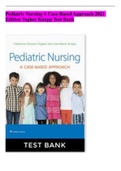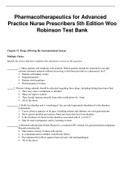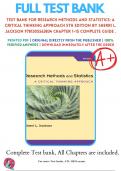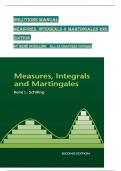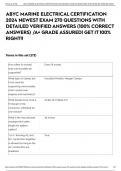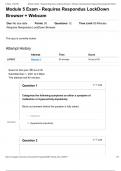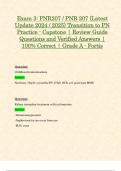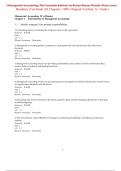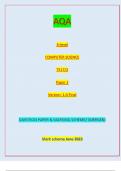Exam (elaborations)
Pediatric Nursing A Case-Based Approach 2021/2022 Edition Tagher Knapp Test Bank / to help you ace on your studies (2021/2022)/Questions and Answers, With Rationales
- Module
- Institution
- Book
Pediatric Nursing A Case-Based Approach 2021/2022 Edition Tagher Knapp Test Bank / to help you ace on your studies (2021/2022) Pediatric Nursing A Case-Based Approach Pediatric Nursing – A Case-Based Approach 1st Edition Tagher Knapp Test Bank Chapter 1: Bronchiolitis 1. Which intervention is...
[Show more]
